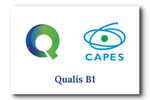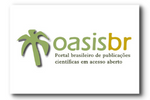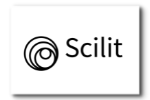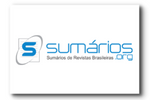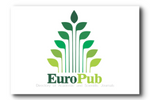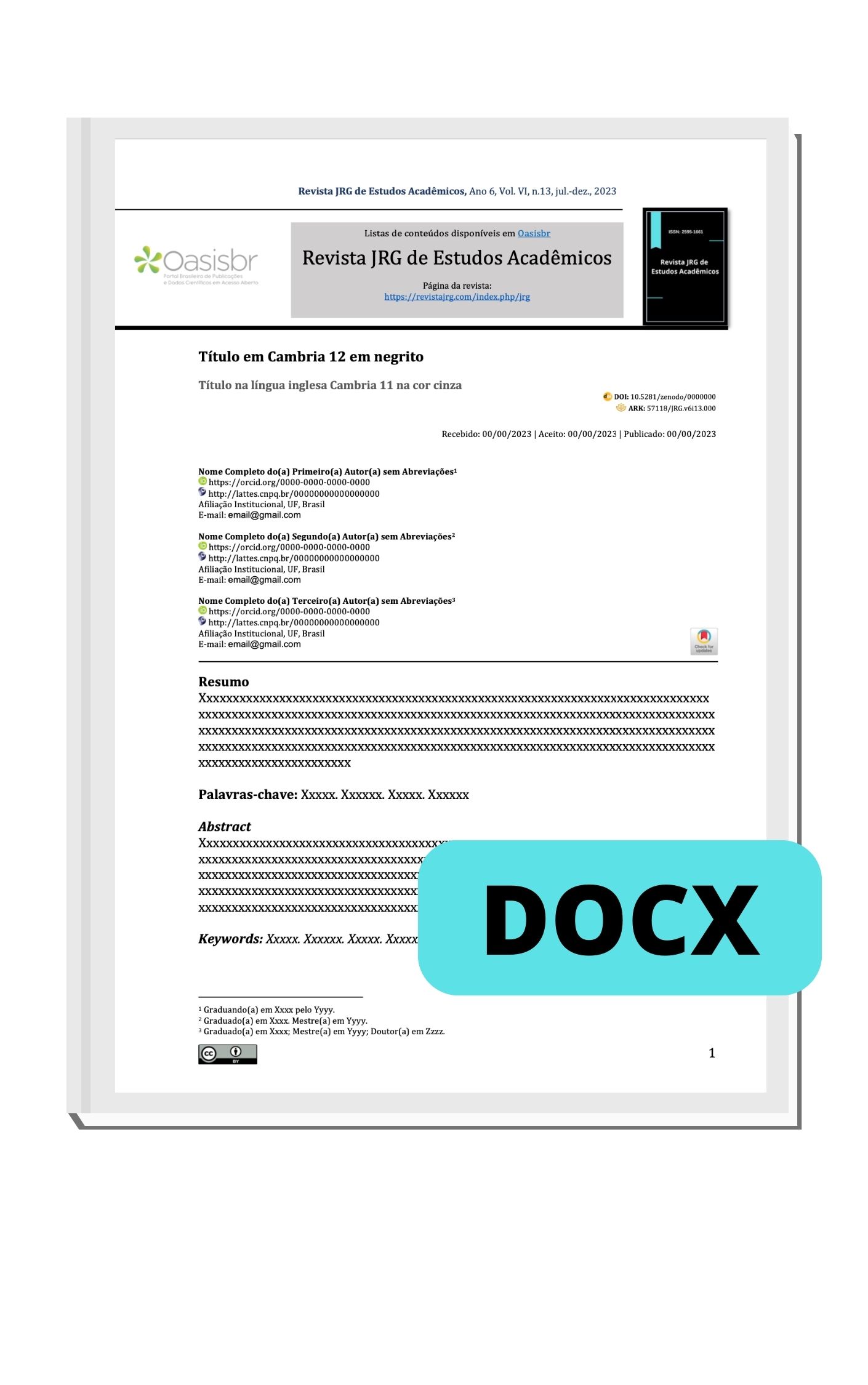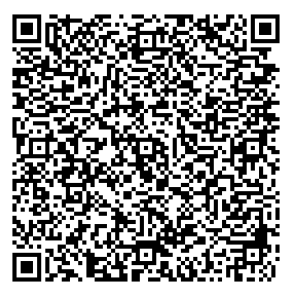The Aqueous Extract of Bela Emília (Plumbago auriculata) flowers as an natural indicator of pH in Investigative Chemistry Teaching
DOI:
https://doi.org/10.55892/jrg.v7i14.1010Keywords:
Chemistry Teaching, Flower of Blue Plumbago, Natural indicator, Didactic SequenceAbstract
This work aims to contribute to the teaching and learning of Inorganic Chemistry through an investigative practice using the natural pH indicator obtained from the flowers of Plumbago auriculata (Bela Emília). The aqueous extract was tested in a range of previously known pH values, encompassing acidic, neutral, and alkaline pH. The activity was structured as a Didactic Sequence, divided into 4 moments: 1) presentation of the theme and previous discussion on acids and bases; 2) reproduction and discussion of a YouTube video on the use of acids and bases in everyday life; 3) investigative experimental part; 4) discussion and evaluation of the experiment mediated by the teacher, followed by the preparation of a final report. With the approach of the aforementioned Didactic Sequence, we hope to make the teaching of Chemistry more attractive, facilitating the guiding process of teaching and learning, and allowing the development of scientific experimentation using homemade, simple, and low-cost materials. Through this educational proposal, the teacher's approach and the involvement of the students can bring positive results, making the learning of Inorganic Chemistry (Acids and Bases) an uncomplicated and enjoyable task, as well as allowing the act of scientific experimentation in the school context, bringing Chemistry more and more into the students' daily lives.
Downloads
References
ARAÚJO, M.S.T.; ABIB, M.L.V.S. Atividades experimentais no ensino de física: diferentes enfoques, diferentes finalidades. Revista Brasileira de Ensino de Física, v.25, n.2, p.176-194, 2003.
ALMEIDA, C.S.; YAMAGUCHI, K.K.L.; SOUZA, A.O. The use of natural acid-base indicators in Chemistry teaching: a review. Research, Society and Development, [S. l.], v. 9, n. 9, 1-20, 2020.
CAPECHI, M.C.V.M. Problematização no Ensino de Ciências. In: CARVALHO, A.M.P. (Org). Ensino de Ciências por investigação: condições para implementação em sala de aula. São Paulo: Cengage Learning. 2020, p. 21-39.
GONÇALVES, R.P.N.; GOI, M.E.J. A experimentação investigativa no ensino de ciências na educação básica. Revista Debates Em Ensino De Química, v. 4, n.2, 207–221, 2019.
GONÇALVES, T. M. A guerra imunológica das células contra os patógenos: a proposta de um modelo didático tridimensional de baixo custo para simulação da resposta imune celular mediada por linfócitos T CD8+/ The immunological war of cells against pathogens: the proposal of a low cost three-dimensional didactic model for simulating the immune cellular response mediated by T CD8+ lymphocytes. Brazilian Journal of Development, [S. l.], v. 7, n. 1, p. 4854–4860, 2021.
KRASILCHIK M. Prática de Ensino de Biologia. 4ª ed. São Paulo: EDUSP, 2019; 199p.
LIMA, J.A. Contextualização no ensino de química na educação básica. Revista Docentes, v. 4, n. 9, p. 39-49, 2019.
MOTOKANE, M.; STOQUI, F.M.V.; TRIVELATO, S.I.F. CARACTERÍSTICAS DE SEQUÊNCIAS DIDÁTICAS PROMOTORAS DA ALFABETIZAÇÃO CIENTÍFICA NO ENSINO DE BIOLOGIA. IX Congresso Internacional sobre investigación em didáctica da las ciências. Girona, p. 2421-2424, 2013.
OLIVEIRA, W.S.; SOUSA, P.S.A. COLE, T.S.S. Produção de Indicadores Ácido-Base Naturais em Solução e em Papel a Partir de Extratos de Plantas com Potencial Aplicação no Ensino de Química. Química nova na Escola; v. 45, n. 2, p. 131-141, 2023.
PECHLIYE, M.M. Sobre Sequências Didáticas. In: PECHLIYE MM (Org). Ensino de Ciências e Biologia: a construção de conhecimentos a partir de sequências didáticas. São Paulo: Ed. Baraúna, 2018; p. 15-25.
SCOPEL, E.; CONTI, P.P.; DALMASCHIO, C.J.; DA SILVEIRA, V.C. Extração de Ácido Cítrico do Limão e sua Utilização para a Remoção da Dureza da Água: Um Método Alternativo para Aulas de Química. Revista Virtual de Química; v. 9, n. 3, p. 912-923, 2017.
SINGH, K. Structure, Biology and Chemistry of Plumbago auriculata (Plumbaginaceae). Doctor of Philosophy in Biolgical Sciences, University of Kwa-Zulu Natal, Westville – Durban, South Africa, 2017, 157 p.
UNINTER (2021). A química está presente no dia a dia de todo mundo. Boa dica para fazer disso a sua profissão. Disponível em: https://www.uninter.com/noticias/a-quimica-esta-presente-no-dia-a-dia-de-todo-mundo-boa-dica-para-fazer-disso-a-sua-profissao#:~:text=A%20qu%C3%ADmica%20est%C3%A1%20presente%20em,nosso%20nosso%20dia%20a%20dia
Acesso: 10 de março de 2024.
WIKIMEDIA COMMONS. (2024). Plumbago auriculata. Disponível em: https://commons.wikimedia.org/wiki/File:Plumbago_auriculata_2717.jpg Acesso: 10 de março de 2024.
YOUTUBE (2016). Ácidos e Bases no meu cotidiano. Disponível em: https://www.youtube.com/watch?v=bBss8U-820c Acesso: 10 de março de 2024.



